Decoding Face Mapping: Understanding Jawline Acne
Explore the intriguing concept of face mapping and its application to jawline acne. Uncover the potential causes of jawline breakouts and learn how to address them effectively using targeted skincare and lifestyle adjustments.
Introduction
Jawline acne can be a frustrating and stubborn skincare concern that affects many individuals. While traditional approaches to acne treatment often focus solely on topical solutions, the concept of face mapping offers a holistic perspective that considers the interconnectedness of our skin with internal factors. In this article, we’ll delve into the fascinating world of face mapping and its relevance to understanding and treating jawline acne.
What is Face Mapping?
Face mapping is an ancient practice rooted in traditional Chinese medicine and Ayurveda, which suggests that different areas of the face correspond to specific organs and bodily systems. According to this concept, the location of acne breakouts can provide insights into underlying imbalances or issues within the body.
The Connection Between Face Mapping and Jawline Acne
When it comes to jawline acne, face mapping can offer valuable clues about potential triggers and contributing factors. Here’s how different areas of the jawline may relate to internal imbalances:
Lower Jawline: Breakouts along the lower jawline are commonly associated with hormonal fluctuations, particularly in women. Hormonal acne, characterized by deep, cystic pimples, often flares up in this area during menstruation or periods of hormonal imbalance.
Chin and Jawline: Acne along the chin and jawline may also be linked to factors such as digestive issues, poor dietary choices, or food sensitivities. Consuming high-glycemic foods, dairy products, or foods with inflammatory properties may exacerbate acne in this area.
Addressing Jawline Acne Through Face Mapping

Understanding the potential causes of jawline acne can empower individuals to take targeted action to address this skincare concern. Here are some strategies to consider:
Balanced Diet: Focus on consuming a balanced diet rich in whole foods, fruits, vegetables, and lean proteins. Limiting processed foods, sugar, and dairy products may help reduce inflammation and breakouts along the jawline.
Hormonal Balance: For individuals experiencing hormonal acne, consulting with a healthcare professional to address underlying hormonal imbalances or conditions such as polycystic ovary syndrome (PCOS) can be beneficial. Hormonal treatments or oral contraceptives may help regulate hormone levels and minimize acne flare-ups.
Skincare Routine: Establishing a consistent skincare routine tailored to your skin type can help manage jawline acne effectively. Incorporate gentle cleansers, exfoliants, and non-comedogenic moisturizers to keep the skin clean and balanced.
Stress Management: Practicing stress-reducing techniques such as mindfulness, meditation, or yoga can help minimize the impact of stress hormones on the skin, thereby reducing the likelihood of acne breakouts.
Fun Facts About Face Mapping and Jawline Acne
Did you know that the concept of face mapping has been practiced for centuries in traditional Chinese medicine and Ayurveda, dating back thousands of years?
According to traditional Chinese medicine, breakouts on the jawline may be linked to imbalances in the kidney or digestive system, emphasizing the interconnectedness of internal health and external skin conditions.
Uncovering Hidden Triggers
Environmental Factors: Beyond internal imbalances, external factors such as pollution, humidity, and skincare products can also contribute to jawline acne. Pay attention to environmental triggers and adjust your skincare routine accordingly to minimize potential irritants.
Sleep Quality: Poor sleep habits and inadequate rest can disrupt hormone levels and weaken the body’s ability to repair and regenerate skin cells. Prioritize quality sleep and establish a consistent bedtime routine to support overall skin health and resilience.
Exploring Traditional Remedies

Herbal Remedies: Traditional herbal remedies such as tea tree oil, witch hazel, and neem extract have been used for centuries to treat acne and inflammation. Incorporating these natural ingredients into your skincare routine can provide gentle yet effective relief for jawline acne.
Ayurvedic Practices: Ayurveda, the ancient Indian system of medicine, offers holistic approaches to skincare that emphasize balance and harmony. Practices such as oil cleansing, herbal steam baths, and dietary adjustments based on your unique dosha (body constitution) can help restore equilibrium and alleviate jawline acne symptoms.
Embracing a Multifaceted Approach
Combining Therapies: Integrating multiple treatment modalities can enhance the effectiveness of your acne management regimen. Consider combining topical treatments with dietary modifications, stress-reduction techniques, and professional interventions for comprehensive care.
Professional Guidance: Consulting with a dermatologist or skincare specialist can provide personalized insights and recommendations tailored to your specific skin type and concerns. Professional treatments such as chemical peels, microdermabrasion, or laser therapy may offer targeted solutions for stubborn jawline acne.
Fun Facts About Acne and Skincare
Did you know that acne affects people of all ages, not just teenagers? Adult-onset acne is increasingly common and can be influenced by factors such as hormonal fluctuations, stress, and lifestyle choices.
Contrary to popular belief, excessive cleansing and harsh scrubbing can strip the skin of its natural oils and exacerbate acne symptoms. Gentle cleansing and non-abrasive exfoliation are key for maintaining a healthy skin barrier and preventing further breakouts.
Conclusion: Navigating Your Skincare Journey
In conclusion, addressing jawline acne through face mapping involves a multifaceted approach that considers both internal and external factors affecting skin health. By harnessing the insights of traditional wisdom, exploring modern skincare innovations, and embracing a holistic mindset, individuals can navigate their skincare journey with confidence and empowerment.
Remember, achieving clear, radiant skin is a journey, not a destination. Be patient, stay consistent with your skincare routine, and trust in the process as you work towards achieving your skincare goals.
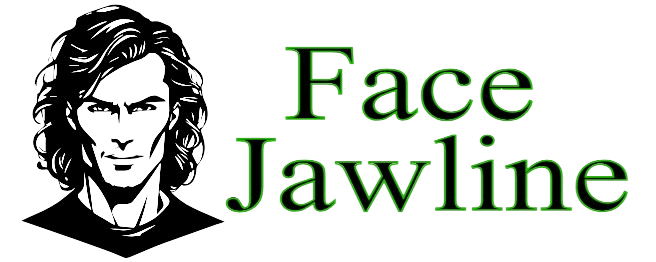


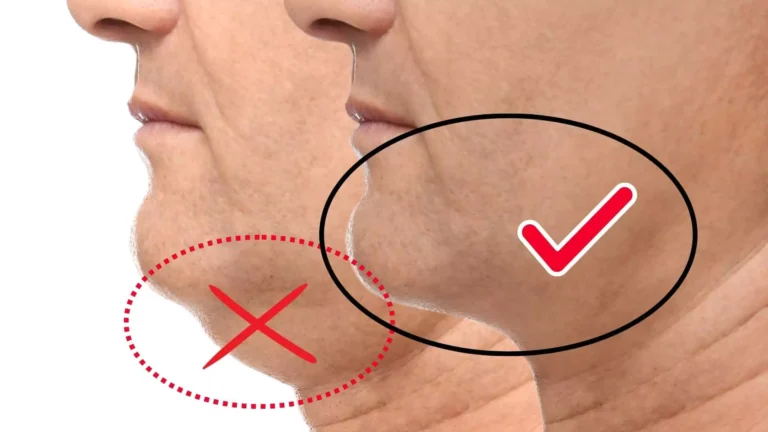
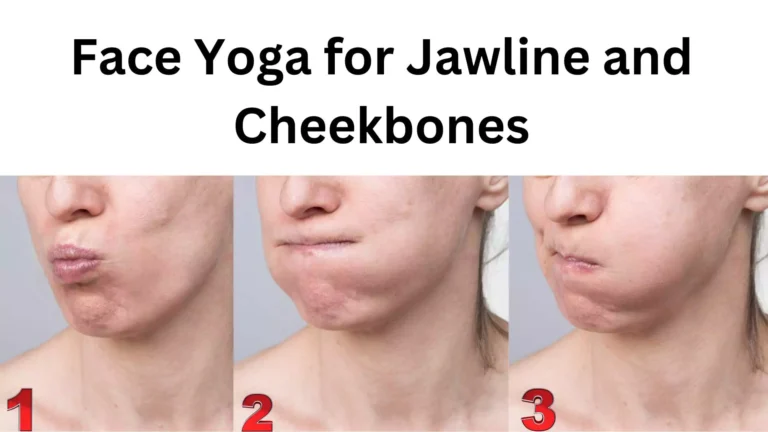
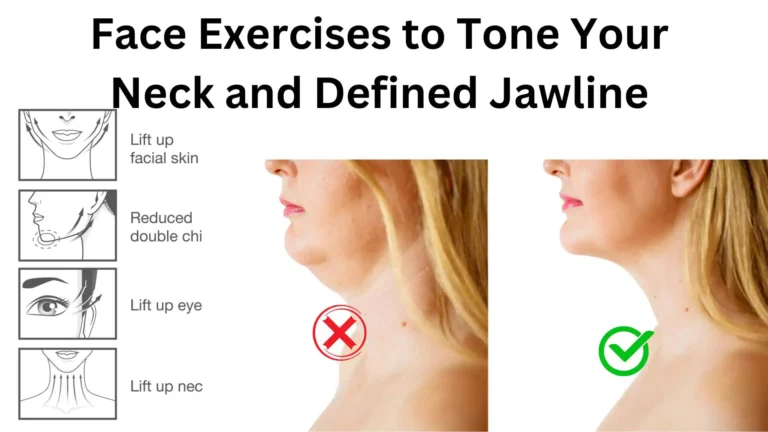
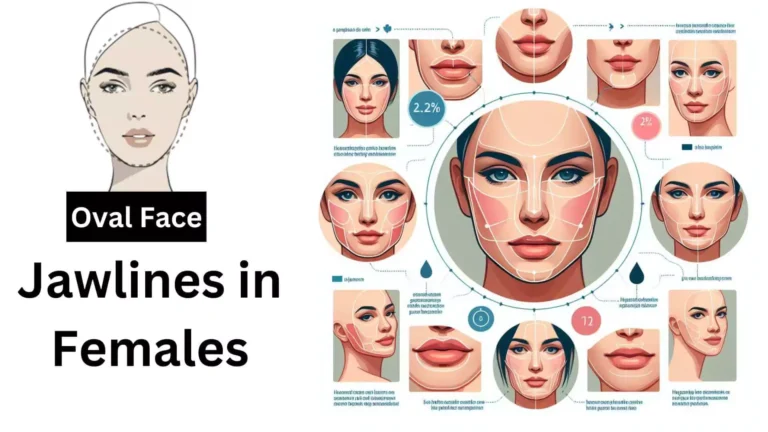
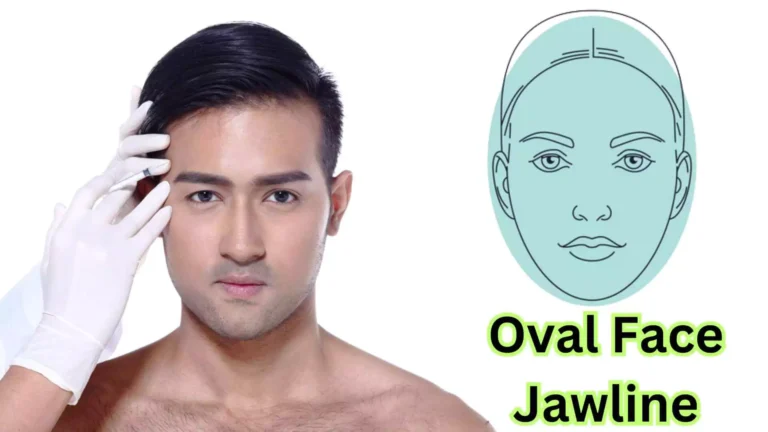
2 Comments